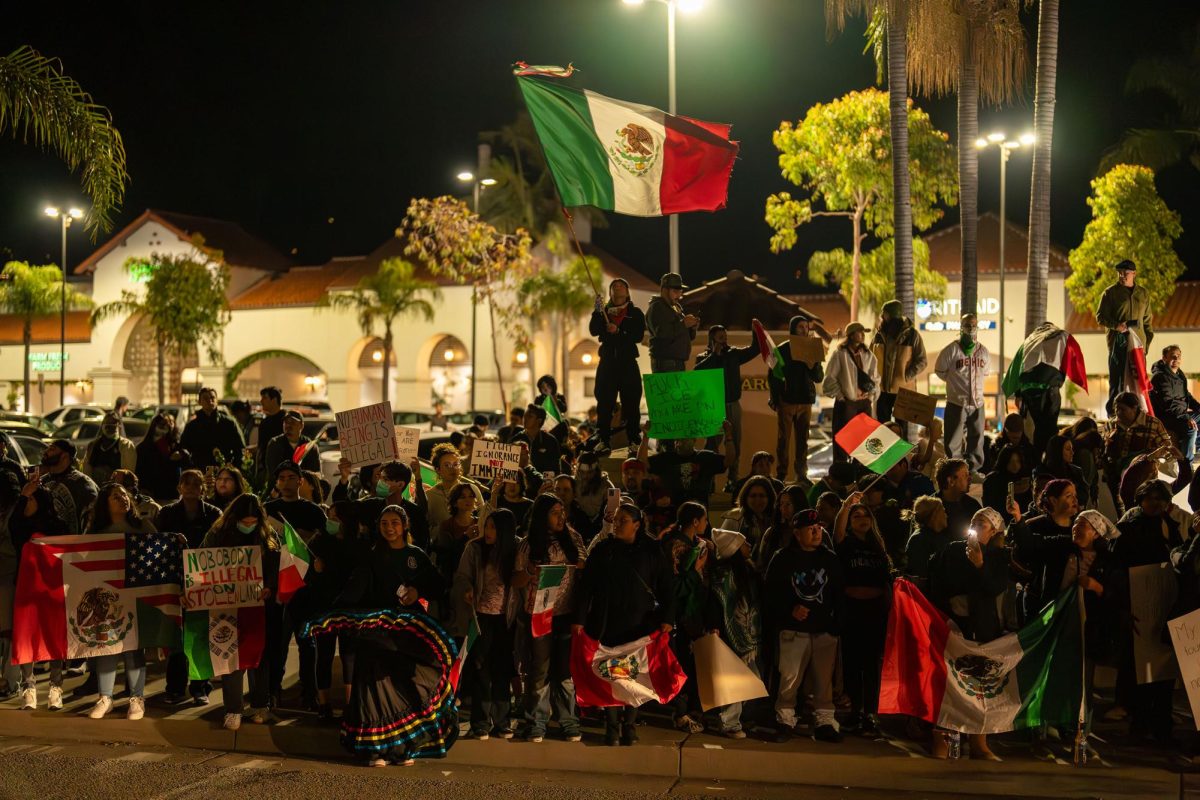Israel and Palestine exploded onto the front page after Hamas’s attack on Oct. 7, 2023. Still, recent escalations and deeper analysis into both Israeli and Palestinian political structures highlight the rising international stakes.
“For the United States, we have a stake in this conflict, and there is a real potential that we might be drawn deeper into it along with other countries. Another significant reason is its location, which is a significant place for Judaism, Christianity, and Islam,” Social Science Department Chair Kevin Shertzer said.
The entire stability of the Middle East rests in the balance between Israel, Hamas, and their backers. The conflict to this day is one of the most complex and volatile in the 21st century.
While the United Nations-recognized states of Israel and Palestine are often over-simplified by the media, their respective politics and demographics are very complex and multifaceted.
“In Israel, coalition governments occur, providing smaller parties with significant influence, even though they don’t represent most of the population,” Social Science Instructor Kevin Guay said.
Likud is a prominent right-wing Israeli party, with 25% of Israelis as members. Benjamin Netanyahu, the prime minister of Israel and Likud’s candidate, influences the Middle East due to his position.
“Under Netanyahu’s leadership, Likud has taken a reasonably hardline stance on national security and territorial integrity issues. The ongoing conflict with Hamas in Gaza, military escalation with Hezbollah in the north, and continued tensions with Iran have left Israel in a precarious geopolitical situation,” Guay said.
On July 9, nine Israel Defence Forces (IDF) soldiers were arrested for raping a Palestinian man, who was hospitalized by the attack. In response to this atrocity, far-right protesters and Israeli lawmakers fled to the streets to protest and attack the military installation where the soldiers were held.
“If he is a Nukhba [Hamas soldier], everything is legitimate to do! Everything!” an Israeli politician said in response to the incident.
Netanyahu denounced the attack by the far-right protestors. This political conflict and internal factional dispute underscores a divided and volatile Israeli political situation.
“Given the government’s current policies and alliance with right-wing parties, a two-state solution seems unlikely. However, a formal ceasefire is undoubtedly possible, especially with international pressure on Netanyahu to de-escalate and come to the bargaining table,” Guay said. “It is difficult to imagine peace in the region without substantial political change and diplomatic concessions by all involved.”
On the other side of the Israeli border, the Palestinian people are living under the authority of various organizations. Officially, they are represented by the Palestinian Liberation Organization (PLO), but in recent decades, the Palestinian Authority (PA) emerged from a sub-faction inside the PLO. Hamas controls the Gaza Strip, while the PA controls the West Bank.
Israel and the PLO signed the Oslo Accords in 1993 and the Cairo Agreements in 1994. They divided Gaza and the West Bank into zones during this time. Unfortunately, more than 700,000 Israelis crossed through these boundaries and broke International law by settling in Palestinian-demarcated zones.
The Palestinian people do not have a military. Still, they have a security force that works in tandem with the Israeli army, which makes them, in the eyes of the people, an oppressor rather than a force for their protection.
The PA’s president, Mahmoud Abbas, came to power in 2005 with a 4-year term limit, but he remained in power for 15 years after his term ended.
Hamas follows the PA’s fundamental laws, but they have removed many checks and balances and have been labeled by Freedom House as “Authoritarian.”
“Freedom House is a nonprofit organization that evaluates a country’s freedom based on various factors. Regimes considered authoritarian by Freedom House are more likely to limit civil liberties and rights,” Guay said.
Hamas has its institutions, rules, and security forces separate from the PA, but they are often depicted as the voice of all Palestinians by various Western individuals.
The respective political disarray in both Israel and Palestine has drastic implications for innocent lives in the Middle East that are caught between Israel and Hamas, as the death toll has reached more than 44,000 since Oct. 2023.
The UN Security Council voted for a ceasefire almost unanimously, but it has not sped up the process to a peaceful resolution; there could be other ways to stop the violence.
“If the United States were to withhold funding, it could potentially impact Israel’s political stability by calling into question Netanyahu’s leadership and legitimacy and severely weakening the country’s ability to defend itself militarily,” Guay said.“- Freezing or reducing financial aid could ultimately lead to an upswell of fear. Such insecurity may initiate a desire for immediate change in government.”
Cutting U.S. funding to Israel might force them to rethink how they root out Hamas militants, but it could also leave one of the U.S. closest allies out to dry, giving Iran the perfect opportunity to strike.
Iran is not waiting idly while Israel deals with Hamas.
On Oct. 1, Iran launched approximately 200 ballistic missiles overnight on Israel; most of them were blocked by the Iron Dome system, an air defense system designed to intercept rockets, but some made it through.
Israel has not responded to this, but further escalation between these two powers is inevitable. It is not a matter of if but a matter of when. Innocents are dying, and all the world can do is stand united and hope for a peaceful resolution.


































